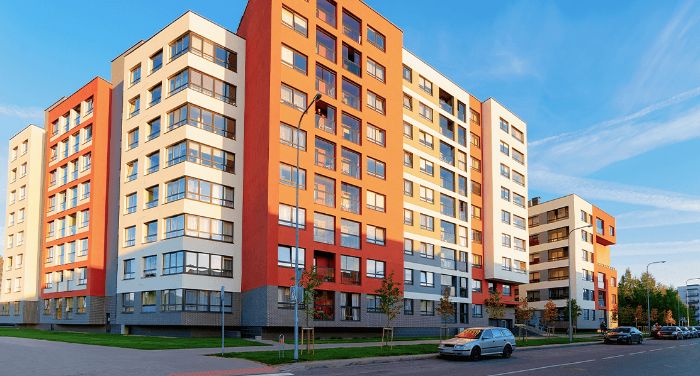Enhancing Wi-Fi Connection and Efficiency in Multi-Dwelling Settings for Optimal User Contentment
Enhancing Wi-Fi Connection and Efficiency in Multi-Dwelling Settings for Optimal User Contentment
Blog Article
In the current world, maintaining a robust and reliable Wi-Fi connection is crucial, particularly in multi-unit environments like apartments or condominiums. Many people rely on the network for employment, school, and leisure activities. However, Wi-Fi transmissions can have difficulty to extend to every area of these buildings due to various barriers. These hindrances can consist of walls, levels, and other digital equipment that disrupt the connection. To enhance Wireless signal strength and performance in these settings, it is important to understand some foundational concepts of wireless networking.
One effective way to enhance Wi-Fi performance is by strategically positioning gateways and extenders throughout the property. A middle location is usually ideal, as it enables the coverage to propagate uniformly in all areas. In spacious multi-dwelling units, multiple access points may be necessary. These units assist increase the reach of the wireless infrastructure and deliver better service to occupants in different sections of the structure. Additionally, using devices that adhere to the latest wireless standards can lead to faster speeds and better overall efficiency.
Another key aspect in optimizing wireless signal strength is minimizing interference from other electronics. Most household items, such as ovens and wireless handsets, can disrupt Wi-Fi transmissions. It is recommended to keep modems away from these appliances to ensure a clearer connection. Additionally, adjusting the channel configuration on a device can help reduce interference from neighboring networks. The majority of routers automatically choose the best channel, but individually choosing a less crowded one can improve performance.
Periodically refreshing router software is also necessary for maintaining maximum wireless performance. Vendors routinely release updates that resolve bugs and improve protection features. Maintaining the software up-to-date guarantees that residents benefit from the latest improvements and defenses against potential risks. Furthermore, tracking network activity helps identify which endpoints consume more resources, enabling better allocation of existing capacity.
Finally, informing residents about best practices for utilizing Wi-Fi can greatly enhance their experience. Simple measures such as connecting only required units, using Ethernet connections when feasible, and continue reading this regularly rebooting the device can make a difference. By fostering a community that comprehends how to maximize their Wi-Fi efficiency, multi-dwelling residences can enhance resident satisfaction and guarantee that everyone enjoys resource a reliable Wi-Fi connection. This integrated approach of planned placement, reducing conflict, maintaining hardware, and informing users will result in a more efficient and satisfying Wi-Fi usage for all residents.